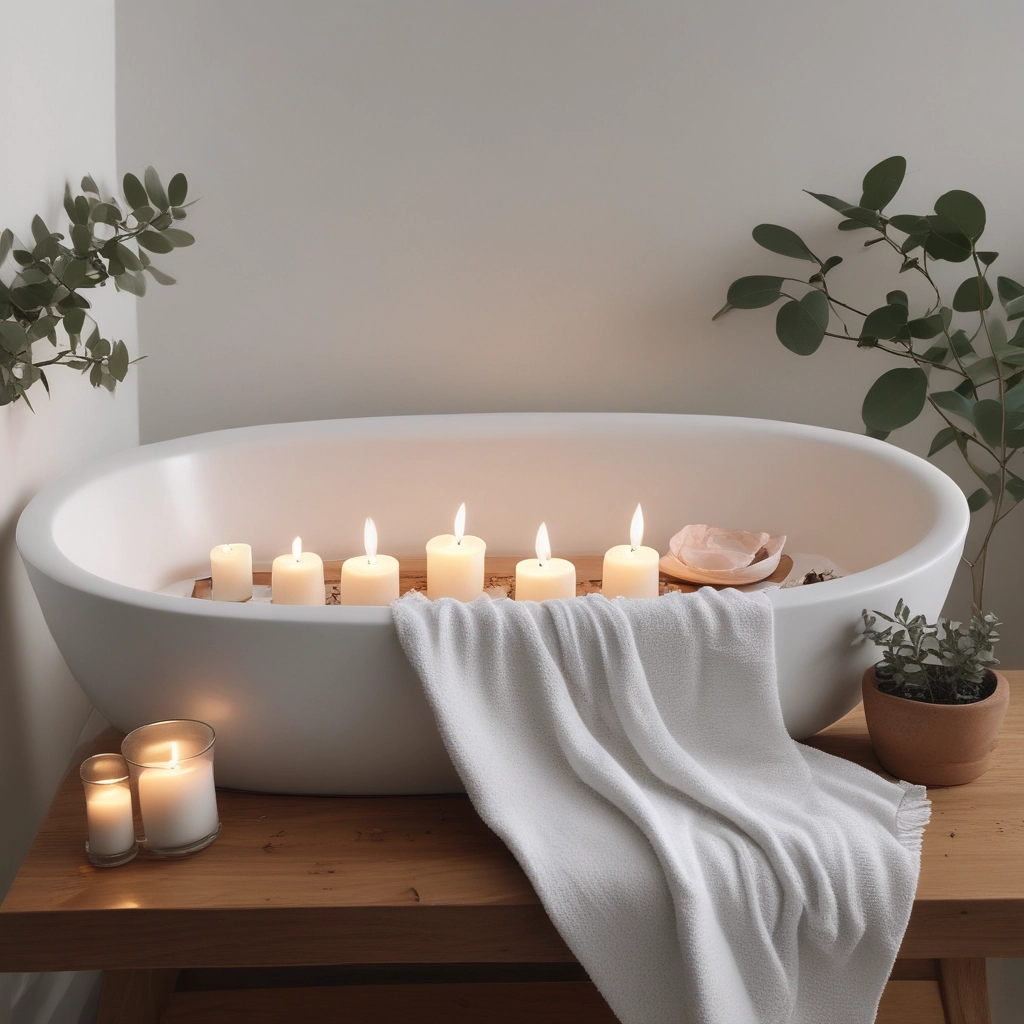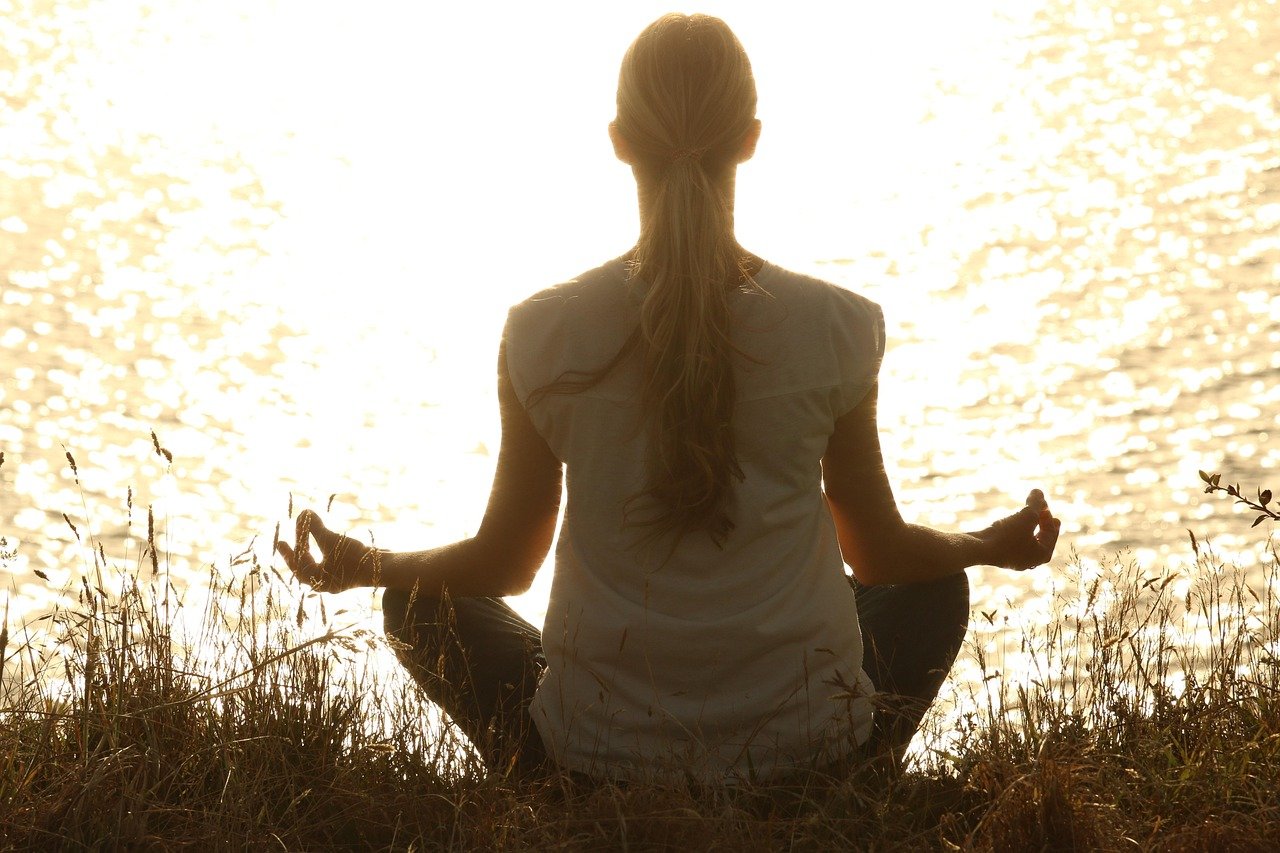There’s something truly magical about Sundays—they give us the rare chance to slow down, breathe deeply, and indulge in a bit of guilt-free relaxation. I used to battle the dreaded Sunday scaries, that quiet anxiety that creeps in as the weekend ends and Monday approaches. But everything shifted when I began embracing self-care ideas for lazy Sundays. By turning the day into a soothing ritual of rest and renewal, I transformed Sundays from stress-filled to soul-nourishing.
I’ve come to believe that how we spend our Sundays profoundly impacts our entire week. A well-nurtured Sunday self creates a more resilient, creative, and centered Monday self. Through years of personal experimentation, I’ve discovered that the most restorative Sundays aren’t about elaborate plans or productivity—they’re about permission to be gloriously, unapologetically lazy in the most nourishing ways possible.
Today, I’m sharing my favorite self-care practices for those precious lazy Sundays—rituals that have transformed my relationship with the end of the weekend and, by extension, my approach to the entire week ahead. These aren’t aspirational Instagram-perfect activities requiring expensive products or picture-perfect settings. They’re accessible, genuine practices that have made a tangible difference in my well-being.
1 – The Sunday Morning Unrushing

My favorite Sundays begin with what I call the “onrushing”—a deliberate unwinding of the hurried patterns that define most mornings. I silence my alarm the night before, allowing my body to awaken naturally. The difference in how I feel when I honor my body’s natural rhythm versus forcing it awake is profound.
Once awake, I resist the urge to reach for my phone. Instead, I spend the first conscious moments in a gentle check-in with myself. How does my body feel today? What’s the quality of my thoughts? What do I most need from this precious day of rest?
I then move to the kitchen to prepare my favorite Sunday morning indulgence: a slow-brewed French press coffee and a simple breakfast that feels slightly more special than my weekday fare. Sometimes, this means fluffy scrambled eggs with herbs from my windowsill garden; other times, it’s overnight oats topped with seasonal fruit. What matters isn’t the complexity but the intentionality—the food prepared without rushing and eaten without distraction.
This onrushing practice sets a tone of presence that carries through the day. By beginning without digital interruptions or arbitrary timelines, I remind myself that Sundays operate by different rules—rules that prioritize being over doing.
2 – The Pleasure Reading Revival

In our productivity-obsessed culture, reading purely for pleasure has become something of a radical act. My Sunday reading ritual is deliberately divorced from learning goals or self-improvement aims—it’s simply about the joy of falling into a story or perspective different from my own.
I keep a special “Sunday book” on my nightstand—something chosen purely for its ability to captivate rather than educate. Fiction often works best for this purpose, creating the immersive experience that researchers now recognize as deeply restorative for our cognitive functioning.
What makes this practice especially nurturing is giving myself permission to read in the most comfortable way possible—propped up in bed with pillows, curled in my favorite chair by the window, or even lounging in a warm bath. I often pair this reading with something that engages my other senses—a fragrant cup of tea, a soft blanket, or perhaps gentle instrumental music in the background.
There’s something wonderfully rebellious about losing track of time within the pages of a book chosen solely for the pleasure it brings. In a world that constantly demands productivity and purpose, reading without an agenda feels like the ultimate luxury—yet costs virtually nothing.
3 – The Sensory Reset Bath Ritual

Few self-care practices rival the restorative power of a thoughtfully prepared bath. What elevates this from a mere hygiene routine to a transformative ritual is the intention with which I approach it. My Sunday baths are unhurried affairs designed to engage all five senses in the experience of renewal.
I begin by clearing the bathroom of clutter, creating a temporarily sacred space. I light a single candle—nothing elaborately scented, just the gentle flicker of light that signals to my nervous system that this is time set apart from ordinary routines.
To transform ordinary tap water into a therapeutic experience, I use simple ingredients from my kitchen: a handful of Epsom salts to ease muscle tension, a tablespoon of baking soda to soften the water, perhaps a few drops of lavender or eucalyptus essential oil if I have them on hand. The beauty of this ritual lies not in expensive products but in the mindfulness with which everyday elements are combined.
I keep my digital devices in another room and bring only what nurtures quiet reflection—perhaps my Sunday book, a journal, or simply a cup of herbal tea. The warm water becomes a container for releasing physical and mental tension, while the absence of time pressure allows for genuine unwinding.
What I’ve found most powerful about this practice is the deliberate engagement with the present moment through all five senses—feeling the water’s embrace, seeing the play of candlelight, hearing the subtle sounds of water movement, smelling the gentle scents, perhaps tasting a warm beverage. This full sensory immersion gently pulls me out of the mental chatter about tomorrow’s responsibilities and anchors me firmly in the now.
4 – The Intuitive Movement Practice

After years of approaching exercise as something punishing or obligatory, I’ve reclaimed the Sunday movement as a practice of joyful embodiment. Rather than following a prescribed workout, I’ve learned to ask my body what kind of movement would feel most nourishing today.
Sometimes the answer is a slow, gentle yoga flow practiced in my living room with no special equipment beyond a folded blanket. Other Sundays might call for a meandering walk through my neighborhood, noticing seasonal changes and neighborhood details I miss during hurried weekday commutes. Occasionally, my body craves the rhythmic release of dancing to my favorite music, windows open, with absolutely no concern for how it might look to others.
The revolutionary aspect of this practice isn’t the movement itself but the listening that precedes it. By tuning in to what my body genuinely needs rather than what I think I “should” do, I’ve discovered a more compassionate relationship with physical activity. This intuitive approach has gradually extended beyond Sundays, transforming how I relate to movement throughout my week.
I find this practice especially powerful during challenging seasons of life when my energy reserves are depleted. Learning to honor what my body is truly capable of offering—whether that’s vigorous activity or gentle stretching—has become a profound act of self-respect that reverberates through all aspects of my well-being.
5 – The Technology Sunset

Perhaps the most transformative Sunday practice I’ve adopted is what I call the “technology sunset”—a deliberate winding down of digital engagement as the day progresses. This practice doesn’t require complete abstinence from devices (which often creates its anxiety) but rather a mindful tapering.
I begin by setting a specific time—usually early afternoon—after which I’ll check email or messages just once more before the day concludes. I then adjust my phone settings to minimize interruptions, either by activating “Do Not Disturb” mode or simply turning off notifications from apps that tend to trigger work thoughts.
As evening approaches, I transition to either screen-free activities or forms of technology that feel genuinely restorative rather than depleting. Perhaps watching a thoughtfully chosen film that nourishes my spirit, or listening to a podcast that feels like spending time with a wise friend.
What makes this practice sustainable is its flexibility. Some Sundays, when life circumstances require more connectivity, I simply reduce digital engagement rather than eliminate it. The key lies not in rigid rules but in reclaiming conscious choices about how technology serves my well-being rather than undermining it.
The difference this creates in my mental state by Sunday evening is remarkable. Without the fragmented attention and subtle stress that accompanies constant connectivity, I find myself experiencing the day’s final hours with greater presence and peace.
The Preparatory Hour
While it might seem counterintuitive in a post about laziness, I’ve discovered that a brief period of gentle preparation for the week ahead actually enhances Sunday’s restfulness by preventing evening anxiety.
I call this the “preparatory hour”—a short period, typically late afternoon, dedicated to simple actions that make Monday feel more manageable. This might include choosing clothes for the week, preparing a simple meal plan, or reviewing my calendar to mentally prepare for upcoming commitments.
What distinguishes this from stressful productivity is both the timeframe (I limit this to 30-60 minutes maximum) and the mindset (approaching these tasks as acts of care for my future self rather than obligations). I often make this period more enjoyable by playing my favorite music or rewarding myself with a special treat afterward.
By addressing potential Monday morning stress points during this contained time, I free the remainder of Sunday evening for genuine rest and presence. This practice honors both practical realities and the need for psychological closure to the weekend.
The Evening Wind-Down
The final hours of Sunday hold particular power in setting the tone for the week ahead. I’ve developed a simple wind-down sequence that signals to both body and mind that a restful transition is underway.
This begins with gentle tidying—not deep cleaning but simply creating order that my Monday morning self will appreciate. There’s something surprisingly satisfying about waking to a clean kitchen sink and clear surfaces, small gifts from Sunday self to Monday self.
I then prepare for sleep with more attention than usual. This includes a skincare ritual that feels more thorough than my typical routine—perhaps including a gentle facial massage or applying a nourishing overnight treatment. I might spend time writing briefly in a journal, noting three positive moments from the weekend and setting a simple intention for the week ahead.
Finally, I create sleeping conditions conducive to deep rest—adjusting room temperature, perhaps diffusing calming scents like lavender, and setting out a glass of water for the night. I try to begin this wind-down early enough that I’m not rushing through it, allowing natural sleepiness to emerge without forcing it.
This succession of small, nurturing actions helps bridge the psychological gap between the weekend and workweek, reducing the jarring contrast that often creates Sunday night anxiety.
Finding Your Own Sunday Rituals
What I’ve shared are the practices that have transformed my relationship with Sundays, but the most powerful rituals are those that resonate with your unique needs and circumstances. The core principles that make these practices effective can be adapted to create your own rejuvenating Sunday routine:
Permission over perfection: The most restful Sundays begin with giving yourself complete permission to prioritize restoration over productivity. This mental shift from “should” to “could” creates space for genuine renewal.
Presence over planning: While some gentle preparation supports well-being, the heart of Sunday magic lies in extended periods of being fully present rather than future-focused.
Pleasure over purpose: Choosing activities based on the genuine joy or comfort they provide rather than their utility creates the depth of rest our nervous systems require.
Process over outcome: Focusing on the experience itself rather than what it produces allows for the kind of unstructured time that best restores creative and emotional resources.
I encourage you to experiment with your versions of these practices, noticing which elements bring the greatest sense of restoration. Perhaps you’ll discover that outdoor time features more prominently in your ideal Sunday or that creative expression through art or music provides your best path to renewal.
The beauty of developing personalized Sunday rituals lies in their evolution—as seasons of life change, so too will the specific practices that best serve your well-being. What remains constant is the commitment to honoring this day as a sanctuary of self-care in an often demanding world.
FAQs
Is it really okay to have a completely unproductive day?
Absolutely. In fact, what appears unproductive by conventional standards is often deeply productive on a biological level. Rest and recovery are essential processes that allow our cognitive, creative, and physical systems to regenerate. Research increasingly shows that periods of genuine downtime are necessary for peak functioning during more active periods. I've found that my most creative professional insights often emerge after periods of seemingly unproductive rest.
What if family responsibilities make a lazy Sunday impossible?
Self-care looks different in different life seasons. If you have caregiving responsibilities, even small pockets of restoration can make a difference. Consider integrating moments of mindfulness into existing routines, trading childcare time with a partner or friend to secure brief periods alone, or adapting practices to include family members in age-appropriate ways. Remember that modeling self-care for children is also teaching them valuable skills for their well-being.
How do I overcome the guilt associated with taking time for myself?
This is something I struggled with for years. What helped me was reframing self-care as a responsibility rather than an indulgence. Just as airline safety demonstrations instruct us to secure our oxygen masks before helping others, maintaining our well-being enables us to show up more fully for the people and responsibilities in our lives. Start with small periods of intentional self-care, noting how they positively impact your energy and presence in other areas of life.


